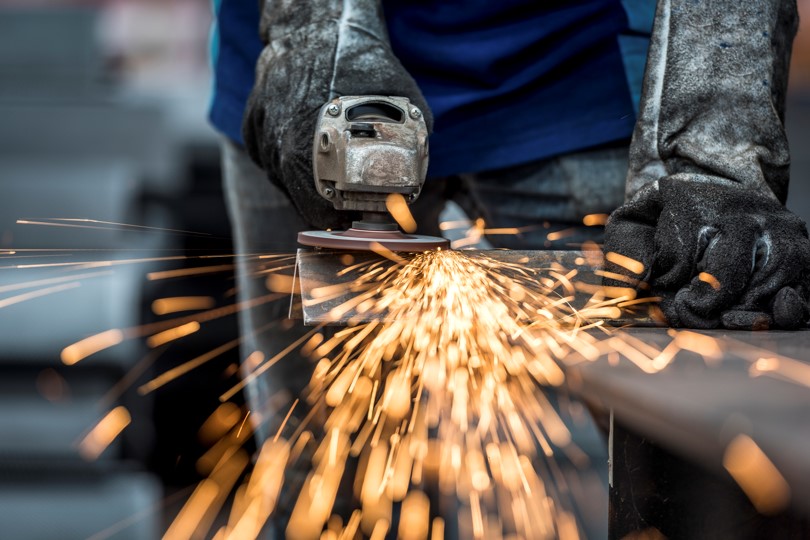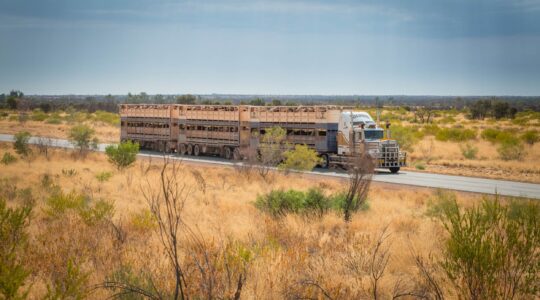Australia’s manufacturing sector requires a re-alignment of the Federal Government’s $15b National Reconstruction Fund (NRF) in order to combat international factors, headwinds in the domestic economy and a skills shortage.
Reworking the multi-billion fund is one of recommendations in a RSM Australia report which analyses the country’s diverse manufacturing sector, identifying strengths and weaknesses, and offering a strategic approach for the future.
RSM Australia’s National Leader (Manufacturing) Jessica Olivier states in the report the NRF will be a shot in the arm for the sector, but there needs to be an increase in the quantum of funding and number of government contracts for advanced manufacturing to allow Australia to complete on a global level.
“The $15b National Reconstruction Fund pales in comparison to US and EU allocations,” Ms Olivier states.
The report also recommends grant allocations should be “substantially larger” and made to fewer companies to make a meaningful impact.
The fund should also target critical industries where Australia has a competitive advantage, especially in the sectors of critical technologies, renewables, advanced manufacturing and value-adding in resources.
As well as maximising the impact of the NRF, the report, titled Innovate, Transform and Thrive: Securing Australia’s Manufacturing Industry, recommends continuing international agreements to embed Australian manufacturing in global supply chains and reinstate the instant asset tax write-off to provide a greater incentive and ability to purchase capital equipment and machinery.
The report is a result of RSA Australia overlaying its global research with local understanding of the complexities of the Australian manufacturing sector through daily interactions with leading regional and metropolitan manufacturers.
Its analysis of the global economy called out the well-publicised impacts of COVID-19 and geo-political tensions on supply chain resilience, input costs and relative competitiveness.
It flagged data from a recent Australian Manufacturing Outlook survey which indicated more than half of respondents planned to re-shore their operations to Australia to overcome volatility while almost a quarter had already done so.
An analysis of recent production growth figures showed that since the pandemic industrialised economies have achieved stable year-over-year growth of 3.2%, that overall figure masked deeper trends, with Medium-high and high-technology industries achieving a growth of 4.7%.
In the Australian context it noted since COVID-19 there is an increasing focus on industrial manufacturing in high-value areas of health, defence and energy , but stressed manufacturing remains largely the domain of small business, with almost 95% of firms employing 20 or fewer people.
Ongoing challenges for local manufacturers centre on Australia’s “remoteness” with transport costs up to 25% higher than the global average. When this is coupled with labour costs rising faster than other countries it means the domestic industry has a comparative disadvantage in producing homogenous, labour-intensive goods.
An area in which Australian companies can ensure global competitiveness is through the use of technology. The report states the widespread adoption of automation and robotics has the potential to spur significant technological advancements.
Automation is changing traditional practices, reducing manual labour and making systems more efficient and safer. It is also considered a cost-saving measure instead of a revenue generator.
It states Additive manufacturing (commonly known as 3D printing) is also changing the sector by allowing manufacturers to create complex and customised components with precision accuracy using plastics, polymers and metals.
However, there is concern that Australian manufacturers are not investing in these processes, and that governments are not incentivising them sufficiently.
The Advanced Manufacturing Growth Centre (AMGC) said many companies had “considerable room to grow in developing advanced characteristics.”
When identifying sectors of significance the report called out MedTech, defence, aerospace, clean energy and food and agriculture as key areas of focus.
It also takes a look at the need to pay attention to cyber security, noting Manufacturing is the target of about one in four cybercrime attacks globally as well as developing sustainable manufacturing.
Ms Olivier states we need to develop and implement green energy technologies at scale to capitalise on our natural resources and existing skills.
“The coming decade will herald a great transition for manufacturing and other industries. With industry and government working together, we have the smarts and the ability to lead the way.”








